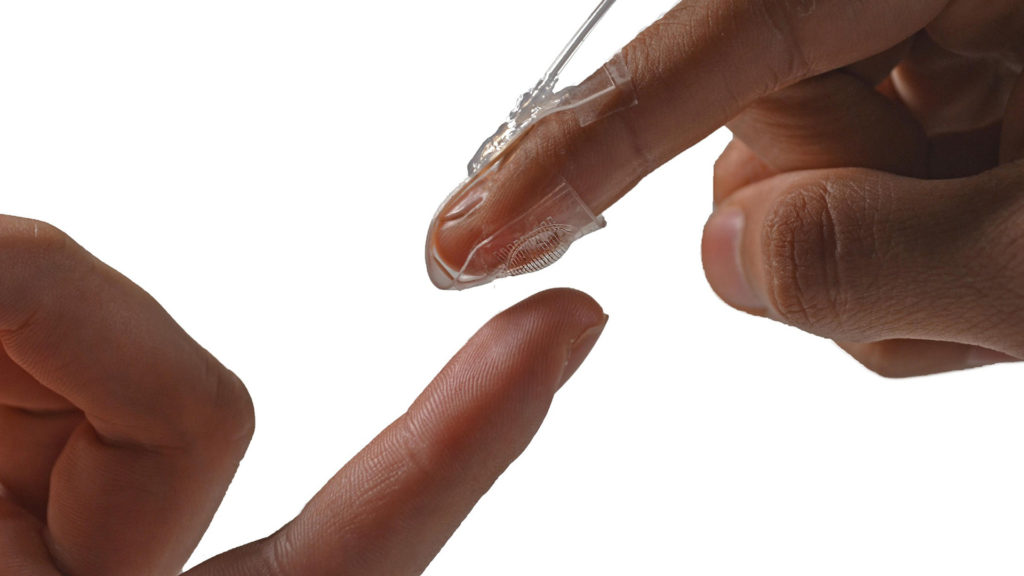Anyone following the progress of haptic feedback has much to be excited about these days. Extended Reality gear like second skin and motion simulators allows us to feel virtual worlds. Haptics can bring us one step closer true full immersion.
Haptic technology is anything that creates the experience of touch. It is a critical component in the process of tricking our brains while inside a virtual world.
These (now highly varied) devices already have decades of research and development behind them. And while we know instinctively that sensation is an essential part of reality, recreating the feel of a person, place, or thing is a fantastically complicated undertaking. Naturally, thousands of tech industry wizards have been dazzled by the prospect of solving the problem. Or even just contributing a piece of the puzzle.
Yet achieving believable tactile responses accomplishes much more than just creating an impressive technological marvel. What we can do with advanced haptic feedback will literally change our world.
Virtual Medicine: Haptic Feedback for Surgeons
The best and most experienced surgeons are masters of subtle sensations. They have an eye for fine details and an ability to detect minute physical flaws. So as virtual surgical technology progresses, it makes sense to weave in tactile feedback.
After all, surgeons are trained to do some of the most painstaking and high-stakes tasks in the world with their fingertips. And more information provided to the surgeon means improvements in decision-making. Improved work from surgeons means better outcomes for patients.
Image Credit: daniilvolkov / Adobe Stock
Not only do we see more successful surgeries on the horizon, we’re also imagining what kinds of procedures will be developed as a result of haptic feedback advancements. What will the doctors of tomorrow be able to heal because robotic arms and ultra-thin haptic gloves made it possible?
Remote Repairs: ‘Hands-on’ in Hazardous Situations
Take a moment to learn a bit more about industrial accidents over the past couple of generations and the benefits of remote maintenance become alarmingly clear.
Imagine how much more effective an industrial robot will be when the technician operating it can feel what the robot is touching. The resistance of a rusted bolt. The heat from a faulty electrical panel. The drip, drip, drip, of a leaking pipe.
Haptic feedback technology can and will enable technicians to carry out industrial repairs in dangerous environments. These include anything from nuclear reactors to deep ocean facilities.
Staying Active: Exercise and Physiotherapy
Spatial computing and immersive technology make it possible to improve an array of activities ideal for keeping our bodies healthy. You can add a scenic mounting setting to your stationary bike routine. Or try yoga on a tropical beach without leaving home.
VR makes these settings possible, but haptic feedback makes them real. Feeling warm sunshine and refreshing wind, along with soothing sand and cool grass can elevate your engagement with an experience, making it more effective and enjoyable.
On the physiotherapy side, haptic feedback dramatically improves the chance of success for patients. Weight and resistance are important. As are electrical impulses that strategically stimulate muscles. VR can create a symphony of input vital to the body’s capacity to respond to treatment.
Augmented Shopping: Get a ‘Feel’ for Goods and Spaces
How often have you reached out to touch something while shopping? Maybe you picked up the sleeve of a shirt that caught your eye. Turned a mug over in your hand to gauge the weight. Lifted a toy to explore what it did. The instinct to touch an object of interest is strong.
Image Credit: Masha / Adobe Stock
The inability to touch something online is one of the key barriers for many customers who would otherwise make a purchase. Combining haptic feedback with 3D scanning of both product and customer take us one step closer to being able to genuinely try-before-we-buy.
Making contact while shopping isn’t limited to clothing and household objects. VR walkthroughs can be tactile too, allowing prospective home buyers to run their hands over a marble counter or feel the fabric of a designer sofa. Do you open doors and drawers while touring a show home? You can do this in virtual tours now as well.
Social Connections: Stay in ‘Touch’
The idea of touching a digital image comes straight from science fiction. Or at least it used to. Today, the idea of being able to hold the hand of a loved one on the other side of the planet is not just a fantasy.
In an era plagued by loneliness when professional and personal fulfillment sends us on epic journeys, the ability to simply reconnect with friends and family has more value than ever.
Are you thinking about the possibilities of really feeling your next immersive experience? Stambol visionaries dream about this future every day. Ask us what haptic feedback can do to enhance your project and we would be delighted to share.
Image Credit: EPFL – Reconfigurable Robotics Lab
